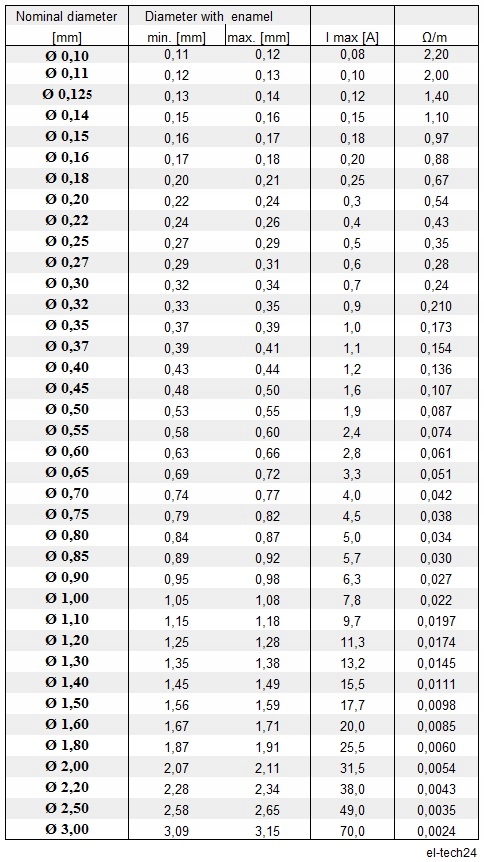Quoting:AlteredUnity
but if the PS is only reading a certain current, whether it's confused due to the high frequency or not, i feel like it won't know to enter protection mode. Though the inrush current may trip it, I'll check.
Well, I had the same doubts at the beginning during ZPM's development.
But then I was thinking "These are laboratory power supplies, they are used in research labs all over the world and most of these labs are experimenting with high-frequency devices, some not a few hundreds of kilohertz like ZPM use but other devices in these labs are going to many megahertz. If these power supplies would be so easy to fool then we would have wrong results of those experiments all over the world !".
Then I had the confirmation of my DC source's readings from a secondary device (an advanced power meter).
I'm quoting a fragment from my post here:
Still, I used an more advanced power meter which (I'm quoting from its specs): "Acts like a wire so doesn't affect model's performance. Precision Alu-Chrom current sensing resistor, with only 0.001Ohms resistance and circuitry that draws only 7mA Uses DSP to increase ADC resolution and differential measurement amplifiers to increase noise immunity. Powerful, 8MIPS micro-controller.". I "forced" ZPM out of the optimal/resonance frequency so the consumption would be higher because the wattmeter is not built to measure currents lower than 0.100 A. and it confirmed the DC source's readings:

The small current difference (~ 0.01A) is because the power meter itself have a small consumption.
The probability of ZPM messing the readings of two different devices (at the same ZPM frequency but with different components, different reading sensors, etc. ) but still the devices to show the same readings is the same as the probability to play at the lottery for the first time in life and win the big prize then playing for the second time and win the big prize again.
Technically and statistically the probability is 0.
You can see more details here and here.
On my side the constant decreasing of DC source's readings when getting close to ZPM's resonance/optimal point (and that point is different with different loads) is the proof of ZPM's overunity. And if the DC source's readings would be messed up the values would jump up and down with big differences, the increasing/decreasing of the readings would not be so smooth.
It's hard to believe that if both my DC source and that advanced power meter would read wrong values those values would be identical. The chance of that happening is practically 0. If both readings would be messed up then for sure the values would be random and very different.
So, personally, I don't have doubts about the input readings anymore. But of course this is just my opinion.
The final proof would be only a self-powered ZPM. Until then anyone can have their own opinions about ZPM's capabilities.
That's why I made it public, did so many experiments and presented so much data - so researchers can replicate it, see what it can do, explore it and if possible contribute in enhancing it to the goal of making it self-running.
Regards,
Fighter
| "If you want to find the secrets of the universe, think in terms of
energy, frequency and
vibration." |
|
|
Nikola Tesla |








